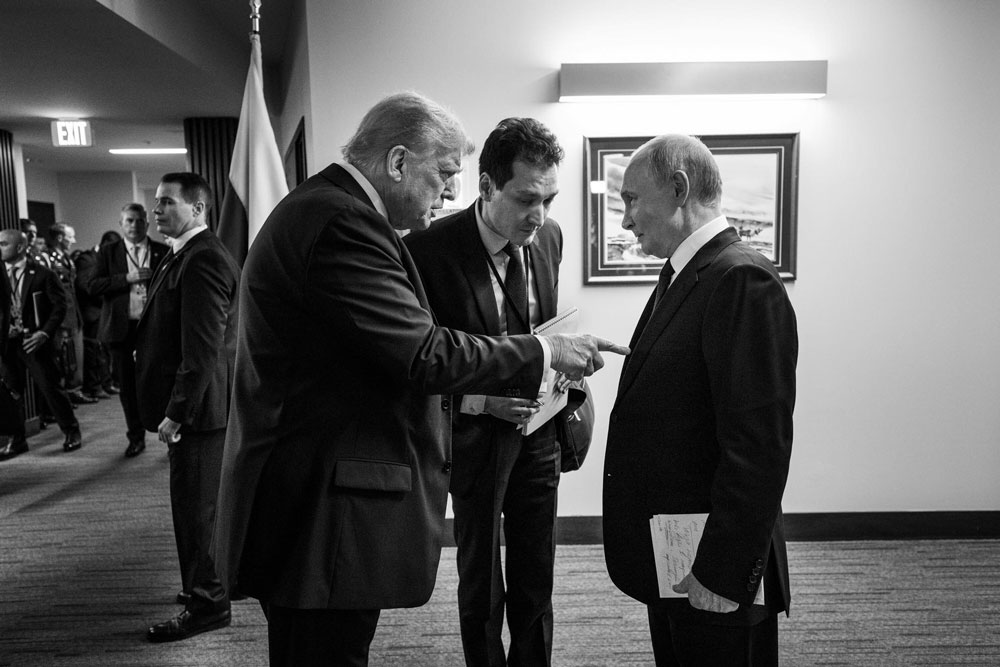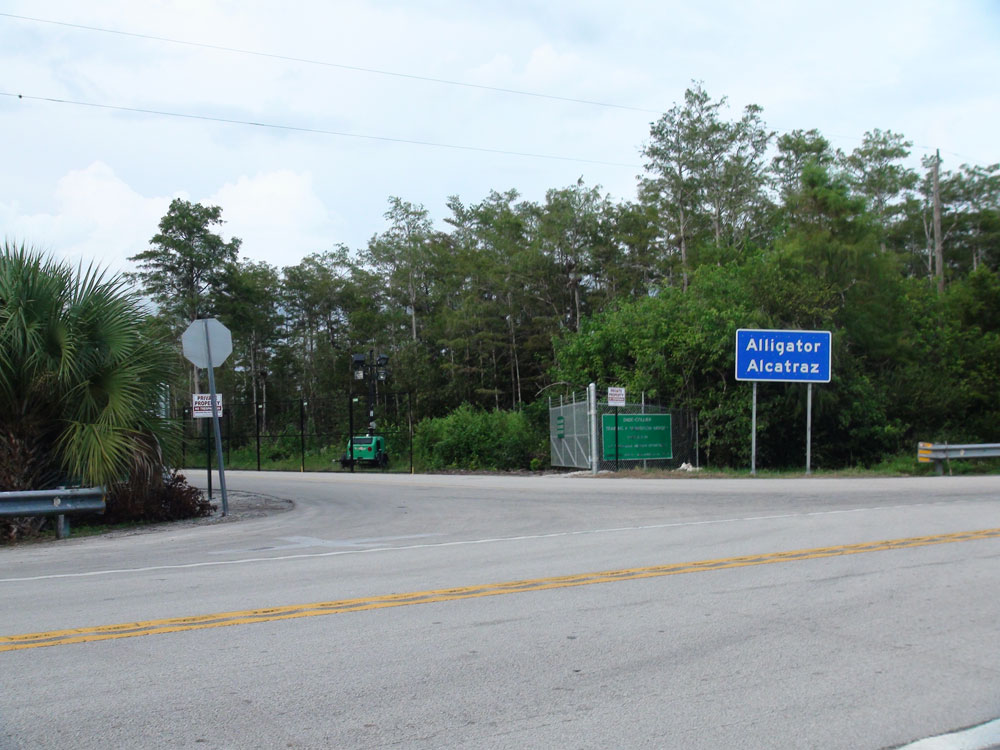Written by Olena Borodyna
Donald Trump stated that he wanted to see a ceasefire in Ukraine and that he would not be pleased if it wasn’t agreed upon today, just hours before he met with Russian President Vladimir Putin in Alaska. It seems that no such arrangement was in existence when the US president left Alaska.
Trump told reporters, “We didn’t get there,” before obliquely claiming that he and Putin had made significant strides. In the upcoming weeks and months, Trump is probably going to bring up the subject of meeting with Putin again, since the Russian leader has hinted that their next meeting would take place in Moscow.
Trump has frequently said that a land-for-ceasefire agreement would be an almost necessary component of a peace agreement between Russia and Ukraine, and this scenario might still come up. In reality, when asked how the war in Ukraine may end and whether a land swap would occur, Trump responded, “Those are points that we largely agreed on,” in an interview with Fox News following the summit.
One of Moscow’s long-standing demands for any peace talks with Ukraine has been to secure territorial concessions. Putin is probably hoping that by putting Ukraine under constant military pressure and demanding these concessions, he will gain an advantage.
Putin will be hoping that a weary populace will finally find such a deal acceptable and even alluring as public fatigue over the war in Ukraine continues to increase. Using almost 300 drones and 30 missiles, Russia unleashed a flurry of new attacks against Ukrainian cities overnight.
Despite being left out of the Alaska summit, Ukrainian President Volodymyr Zelensky has insisted that Kyiv will not accept territorial compromises. According to Ukraine’s constitution, which mandates a national vote to authorize changes to the nation’s borders, such a move would be unlawful.
A land-for-ceasefire agreement is predicated on the idea that it would improve both European and Ukrainian security. In addition to opening doors for reconstruction, Trump views it as the first step toward getting Putin to the negotiating table for a more comprehensive peace agreement. In practice, the longer-term Russian danger would not be significantly reduced by such an agreement.
Moscow would continue to pursue its neo-imperial goals and modernize its defense capabilities. Additionally, Ukraine’s ability to ensure significant reconstruction would be undermined, and its hybrid attacks on Europe would persist.
Russia does not need to attack a European NATO member state directly in order to undermine the continent, regardless of whether it does so in the future. Over time, its hybrid operations—which go well beyond the battlefield—will more than suffice to weaken European resilience.
It is commonly known that Russia has engaged in disinformation operations and sabotaged infrastructure, including underwater cables in the Baltic Sea and the Gulf of Finland, as well as railroads in Germany and Poland. In addition to trying to erode democratic principles in the west, its strategic goals have centered on causing discord among its allies and discouraging action on Ukraine.
Europe is under pressure to manage its demographic issues, lessen its reliance on China for its supply chains, and reach new defense spending targets of 5% of GDP as economic growth is declining.
Moscow has frequently taken advantage of these weaknesses, which also make it more vulnerable to misinformation and have widened rifts along political and social fault lines. These threats would not be addressed by a land-for-ceasefire agreement.
Such a pact clearly poses a risk to Ukraine. Under a compromise, Russia might put a stop to extensive physical combat in Ukraine, but it would most likely keep up its internal destabilization efforts.
Moscow would have no incentive to uphold future agreements as it has never been penalized for breaking previous ones to protect Ukraine’s territorial integrity, such as when it annexed Crimea in 2014. Any associated security guarantees would be viewed as transitory at worst and brittle at best by the Kyiv government and Ukrainian society at large.
Ukraine’s vulnerabilities would likely worsen as a result. Some Ukrainians may be in favor of increasing military spending and defense technology investment. Others may withdraw or depart the nation if they lose faith in reconstruction and national security. In any case, reconstruction would be much more challenging without national cohesion.
Making reconstruction harder
The World Bank estimates that Ukraine’s rehabilitation will cost US$524 billion, or $387 billion. Additionally, a complex network of interrelated political, social, financial, and security threats will need to be managed.
These include the necessity to guarantee cash movements across several regions, the economic difficulties brought on by the war, and relocation. It must also keep tackling issues of corruption and governance.
Addressing these dangers would be made even more challenging by a permanent territory concession. Public opinion in Ukraine is likely to be divided by such a settlement, with those who have contributed significantly to the war effort questioning: For what precisely have we been fighting?
During the upcoming presidential and parliamentary elections, recriminations would almost definitely ensue, further dividing Ukraine and preventing it from pursuing the systemic approach required for restoration.
Further population flight is anticipated to be prompted by ongoing security worries in border districts, especially those close to Russia. It’s also unclear how many of the more than 5 million Ukrainians who currently reside outside would return to aid in the nation’s reconstruction in these circumstances.
Reconstruction would likewise be more difficult to finance. In the short term, public monies from donors and international organizations have supported emergency electricity and transportation infrastructure repairs, and they will continue to do so. But going forward, private investment will be crucial.
Investors will be examining Ukraine’s governmental stability and societal cohesiveness in addition to its geopolitical risk profile. Few investors would be prepared to make financial commitments to a nation that cannot ensure a stable political and security climate. All of these elements together would make extensive rehabilitation in Ukraine all but impossible.
Beyond the basic concerns of justice and accountability, a land-for-ceasefire agreement would just be a lousy deal. It will most likely cause Ukraine, Europe, and the west to face more difficult and persistent issues.
It would jeopardize security, delay reconstruction, and give Moscow the time and strategic edge to retaliate more forcefully against a potentially unprepared Ukraine. In further discussions with Putin in the upcoming months, Trump would be wise to refrain from committing Ukraine to such an agreement.
![]()
Olena Borodyna works for ODI Global as a Senior Geopolitical Risks Advisor.







